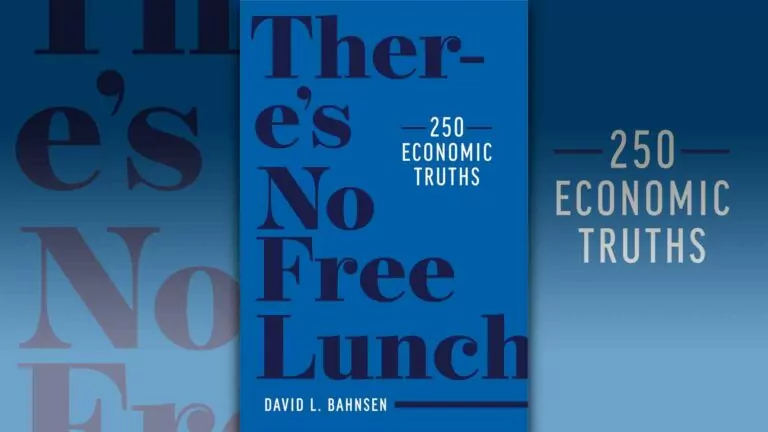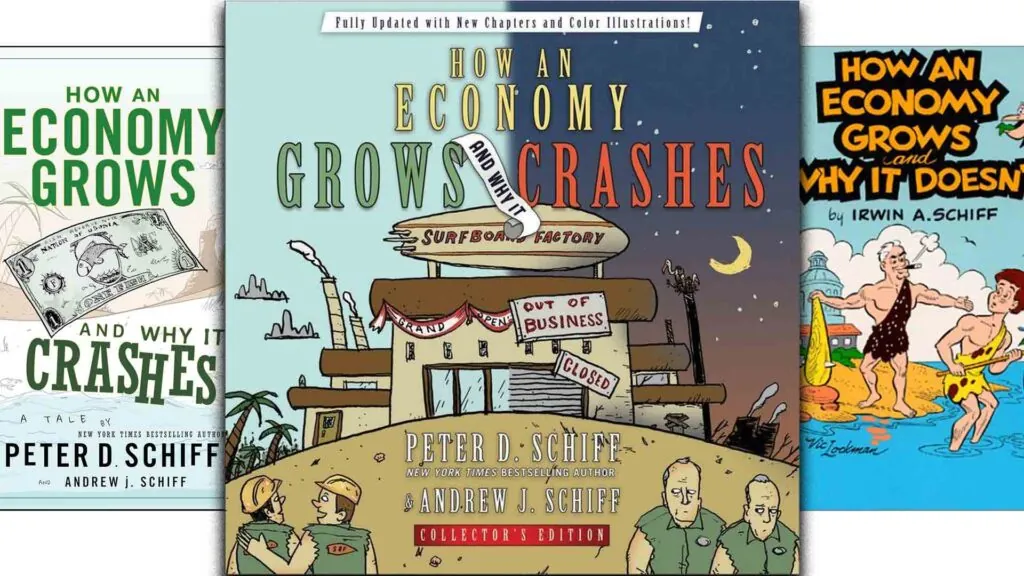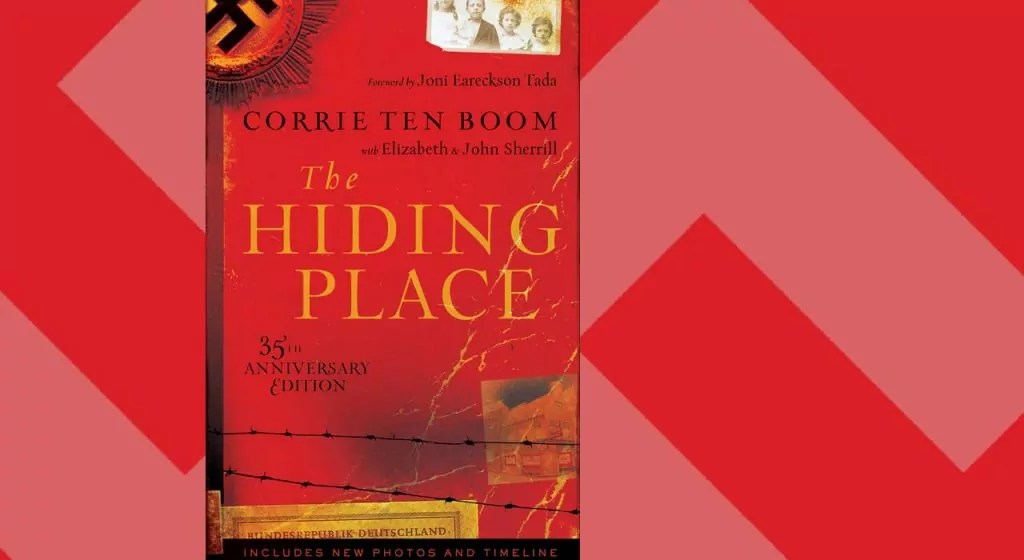THERE'S NO FREE LUNCH – an economic principle Christian teens (& adults) need to know
Small revolutions in schooling are occurring across the world. From homeschooling to microschools, many parents find themselves wanting more for their children in terms of education.
Resources are available for independent schooling now more than ever, but some subjects remain difficult to tackle. My own field of economics remains elusive for many educators. Part of the difficulty is that many people don’t know what economics actually is. Many think economics is just composed of principles budgeting and investment. This view of economics and finance being the same is common, but it’s wrong.
Instead, economics considers how people interact in a world where there are limited means but unlimited desires. The study of this interaction and the rules that govern it is of fundamental importance for anyone who wants to understand human flourishing, politics, or any topic of social importance.
My high school economics teacher used to say, “everything goes back to economics.” Math and science, for example, are the tools people use to accomplish their goals. But the reasons they use these tools are economic.
And I can’t think of a better starting point for understanding economics than the concept of opportunity cost.
What is an “Opportunity Cost”?
One of the most famous phrases in economics is, “there ain't no such thing as a free lunch.” This phrase is meant to illustrate the always present role of opportunity costs.
Whenever you make any decision to do anything at all, you’re essentially choosing between two possibilities – your best option and your second-best option.
Consider an example. Molly has three offers of how to spend her Saturday evening. She can study for her college algebra final exam, she can babysit for 3 hours at a rate of $15 per hour, or she can hang out with her friends.
Let’s say her favorite option is to study, her second favorite is babysitting, and her third pick would be having out with friends. Since studying is Molly’s most urgent desire, she decides to allocate her time that way.
But what did she give up? You might be tempted to say she sacrificed $45 and time with friends, but that isn’t really the case. After all, Molly couldn’t have babysat and spent time with friends. So even if she hadn’t studied, she would still have only been able to do one of these other options, so in a very real sense that’s the only option she was sacrificing.
In this case, her second favorite option would have been to earn $45 babysitting. So, the “opportunity cost” of Molly’s studying is $45. To say it again, the opportunity cost is the option you value second highest and sacrificed when you decide to pursue your first choice.
In this light, we can see every action has a cost. Time spent resting could be time learning or fixing up the house. Another hour of overtime at work is one less hour at home with family. Every time you say yes to one opportunity, that prevents you from accepting another. There is no free lunch.
Why does it matter?
The concept of opportunity cost is important for people to understand for several reasons. First, opportunity cost helps us understand some of the hard-to-see downsides of certain policies.
Consider the income tax. If a government increases the income tax from 25% to 40% this has major ramifications for someone deciding whether they want to work an extra week during the summer for $1,500. With a 25% tax rate, the person takes home $1,125, while at 40%, the person only takes home only $900.
Now let’s say this person values their relaxation time as being worth about $1,000 a week to them. Then this tax policy will make a big difference. The opportunity cost of working this week will be the equivalent of what this fellow valued for his time off: the opportunity cost for working would be $1,000.
Now with a 30% tax rate, that extra paycheck is worth more to the person than the extra week off ($1,125 is greater than $1,000). But with a 40% tax rate, suddenly the relaxation is worth more ($1,000 is greater than $900)!
So, by understanding the concept of opportunity cost, we can also understand that higher income taxes will mean people will work less.
Even free comes with a cost
Opportunity cost has practical usefulness too. Why is it that sometimes deals sound too good to be true? It’s because implicitly, we all have some understanding of opportunity cost. If a person offers to give you a free car, his opportunity cost is, at minimum, keeping the car for himself. Why would he give it away rather than keep it? Is it possible he is getting something from you?
Something having a price of zero dollars is not the same as something being free. When my local ice cream shop offers “free” ice cream, I know there’s going to be a line going out the door. When I take into account the fact that my time is valuable, I realize waiting half an hour in line for free ice cream could have a higher cost than paying the regular $3 but without waiting.
To learn more…
If you’re interested in learning more about opportunity cost and how it applies in the world, I highly recommend reading Economics in One Lesson. Author Henry Hazlitt does an excellent job of applying the logic of opportunity cost, and the book will only cost you your time (as it is a free download at fee.org/resources/economics-in-one-lesson). And trust me when I say, it’s worth the opportunity cost.
Peter Jacobsen is an Assistant Professor of Economics at Ottawa University and the Gwartney Professor of Economic Education and Research at the Gwartney Institute. He has previously written for both the Foundation for Economic Education and the Institute for Faith, Works, and Economics....












